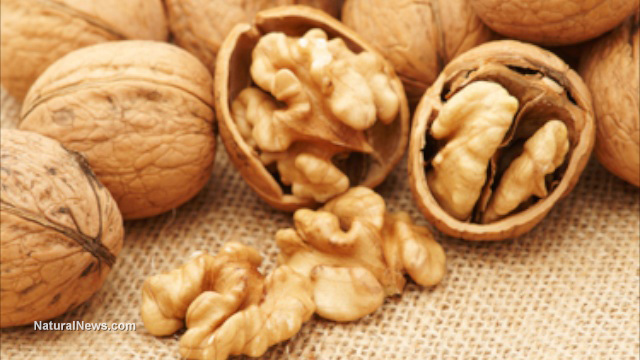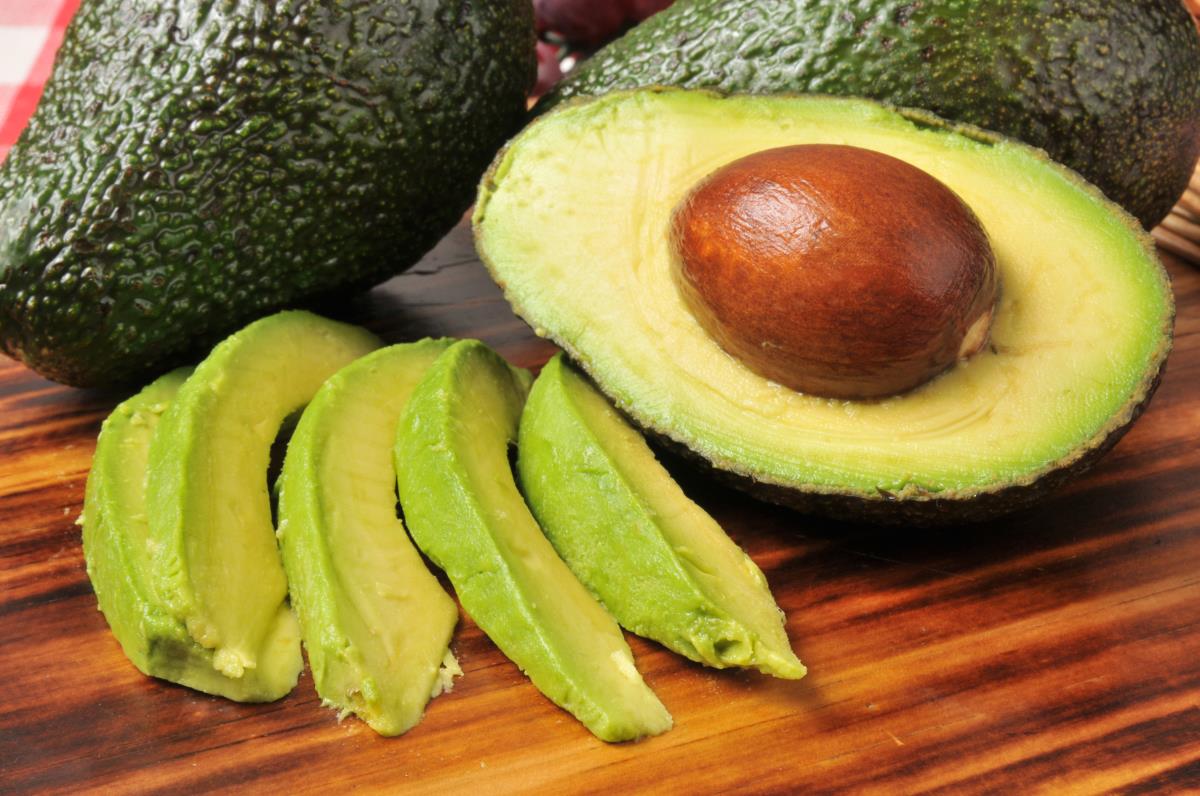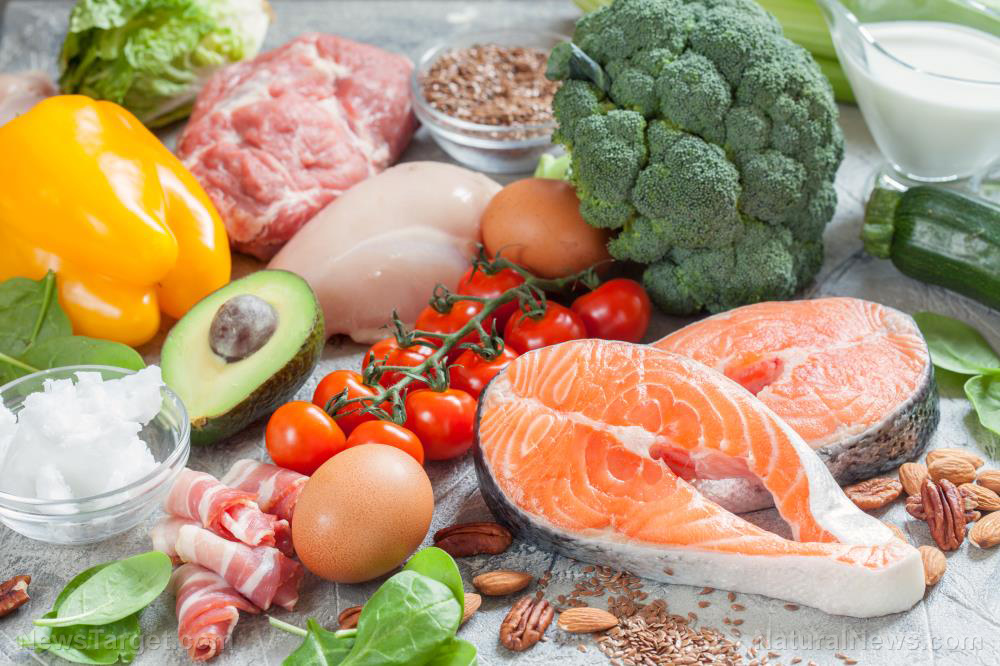Walnuts reduce hunger and cravings by changing your brain
05/17/2018 / By Ralph Flores

Researchers from Beth Israel Deaconess Medical Center (BIDMC) have found that walnuts can “trick” your brain into feeling full by activating an area in the brain that regulates hunger and cravings. The study, published in Diabetes, Obesity and Metabolism, is the first of its kind to directly explore the neurocognitive effects that the nuts have on the brain.
“We don’t often think about how what we eat impacts the activity in our brain,” explained Dr. Olivia Farr, the study’s first author and an instructor at BIDMC’s Division of Endocrinology, Diabetes, and Metabolism. “We know people report feeling fuller after eating walnuts, but it was pretty surprising to see evidence of activity changing in the brain related to food cues, and by extension what people were eating and how hungry they feel.”
For the study, researchers used functional magnetic resonance imaging (fMRI) to understand how eating walnuts satiates cravings and changes activity in the brain. They also conducted a test, where they invited 10 volunteers with obesity to stay in BIDMC’s Clinical Research Center for two five-day sessions. This allowed the researchers to fully monitor the participants’ nutritional intake, rather than relying on unreliable self-reported food records.
During the five-day session, participants regularly consumed smoothies every day. However, one session had smoothies with 48 grams of walnuts, as recommended by the American Diabetes Association (ADA) guidelines, and the other had a “walnut-free but nutritionally comparable placebo smoothie,” that was made to taste exactly like the smoothie that contained walnuts. As this was a randomized, double-blind study, neither the participants nor the researchers knew which sessions were the ones where the walnut-containing smoothies were consumed.
The results of the study were similar to what other studies have previously observed. Those who consumed walnut-containing smoothies during the week reported feeling less hungry than those who were given placebo smoothies.
The fMRI tests that the team conducted on the fifth day of the experiment gave them a glimpse of how the brain works in this process. While the participants were in the machine, they were presented with images of desirable foods such as hamburgers and desserts, neutral objects like flowers and rocks, and less desirable foods which included vegetables. As pictures of food items considered to be “highly desirable” were flashed, researchers noted that a part of the brain called the right insula had increased activity after the participants had taken the five-day walnut-rich diet. (Related: Synergistic effects of walnuts shown to lower LDL ‘bad’ cholesterol, curb hunger and boost gut health without promoting weight gain.)
“This is a powerful measure,” said lead author Dr. Christos Mantzoros. “We know there’s no ambiguity in terms of study results. When participants eat walnuts, this part of their brain lights up, and we know that’s connected with what they are telling us about feeling less hungry or more full.”
In particular, the right insula has been associated with activities such as cognitive control and salience. This meant that during the study, participants were conscious of their food choices, opting for less desirable but healthier options than those that look desirable but are far less healthy. The next stage of the study, according to the researchers, is to determine whether increasing the amount of walnuts in the diet can lead to better brain activation, or if it plateaus at a certain level. This will also allow them to assess whether adding other compounds can improve this effect. The results of the study, researchers believe, can pave the way for similar studies on other food items and other compounds like naturally occurring hormones, and also lead to new treatments for obesity.
“From a strategic point of view, we now have a good tool to look into people’s brains – and we have a biological read out,” Mantzoros added. “We plan to use it to understand why people respond differently to food in the environment and, ultimately, to develop new medications to make it easier for people to keep their weight down.”
Or, you can just eat more walnuts! To find more natural food items that help suppress hunger, follow Food.news today.
Sources include:
Tagged Under: appetite, brain activity, brain function, clean food, cravings, diet, food choices, food cues, functional food, good diets, good food, Health and Wellness, healthy eating habits, natural remedies, neurocognitive effects, nutritional intake, obesity, proper nutrition, reduced appetite, research, slender, suppressed appetite, Walnuts, weight loss, weight management




















